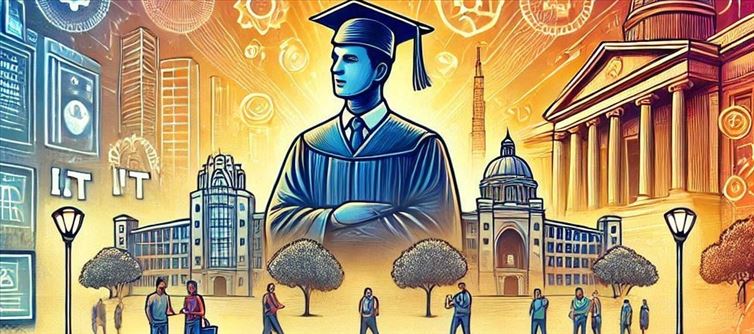
The long line often leaves students and job seekers without a job, even though thousands of indians go to the united states in search of a better life and well-paying employment.
Employers in the US can hire qualified foreign workers from all around the world with the help of the H-1B visa. For students and opportunity seekers, understanding the specifics of visas and looking into other options are still crucial.
For experts from specialized industries like technology, healthcare, and engineering who wish to work in the US, the H-1 B visa is essential.
There is frequently a chance for students who would rather travel to the US for academic purposes to switch to an H-1B visa after their studies are over.
For those with an F-1 or M-1 visa, this move may usually be made through the Optical Practical Training (OPT) program.
For the upcoming years, this gives international students the chance to work in the US.
H-1B VISA EACH YEAR
The H-1B visa is regarded as a temporary visa that was created in the 1990s to allow US companies to recruit foreign workers with specialized skills and an equivalent bachelor's degree. The visa's initial term is three years, with the possibility of a six-year extension.
Employers may recruit foreign specialists without jeopardizing the interests of US workers thanks to the H-1B visa.
Before submitting the petition to UCICS, employers are required to adhere to the following guidelines.
The Department of Labor must receive the Labour Condition application (LCA), which guarantees that H-1B workers won't have a detrimental effect on the pay or working conditions of comparable US workers.
The rationale behind recruiting working experts with an H-1B visa must also be explained to the staff.
Since the H-1B visa program was established in 1990, it has had an annual maximum of 65,000 visas, with 20,000 of them being granted to foreign professionals who have graduated from any US university with a master's or higher degree.
STUDENT VISA TYPES FOR US
F-1 and M-1 are the two types of visas available to students. Those who wish to reside in the united states and pursue full-time foreign education at a recognized institution or university can do so with an F-1 visa.
Students who wish to study english in an english language school can also do so with an F-1 visa.
The M-1 visa, on the other hand, only gives students the chance to pursue non-academic or vocational studies.
After earning a degree, students on the F-1 visa are permitted to take part in optional practical training. If eligible for the STEM extension, it allows students to work in their fields of study for three years.
After completing OPT and obtaining sponsorship from a US business, several students switch to H-1B visas. The widely used mechanism that permits students to work in the US for an extended period is the transfer to H-1B.
The federal government has been pressured in recent years to enact more native-centric regulations that might both eliminate any negative effects on the native population and give residents a sense of security.




 click and follow Indiaherald WhatsApp channel
click and follow Indiaherald WhatsApp channel